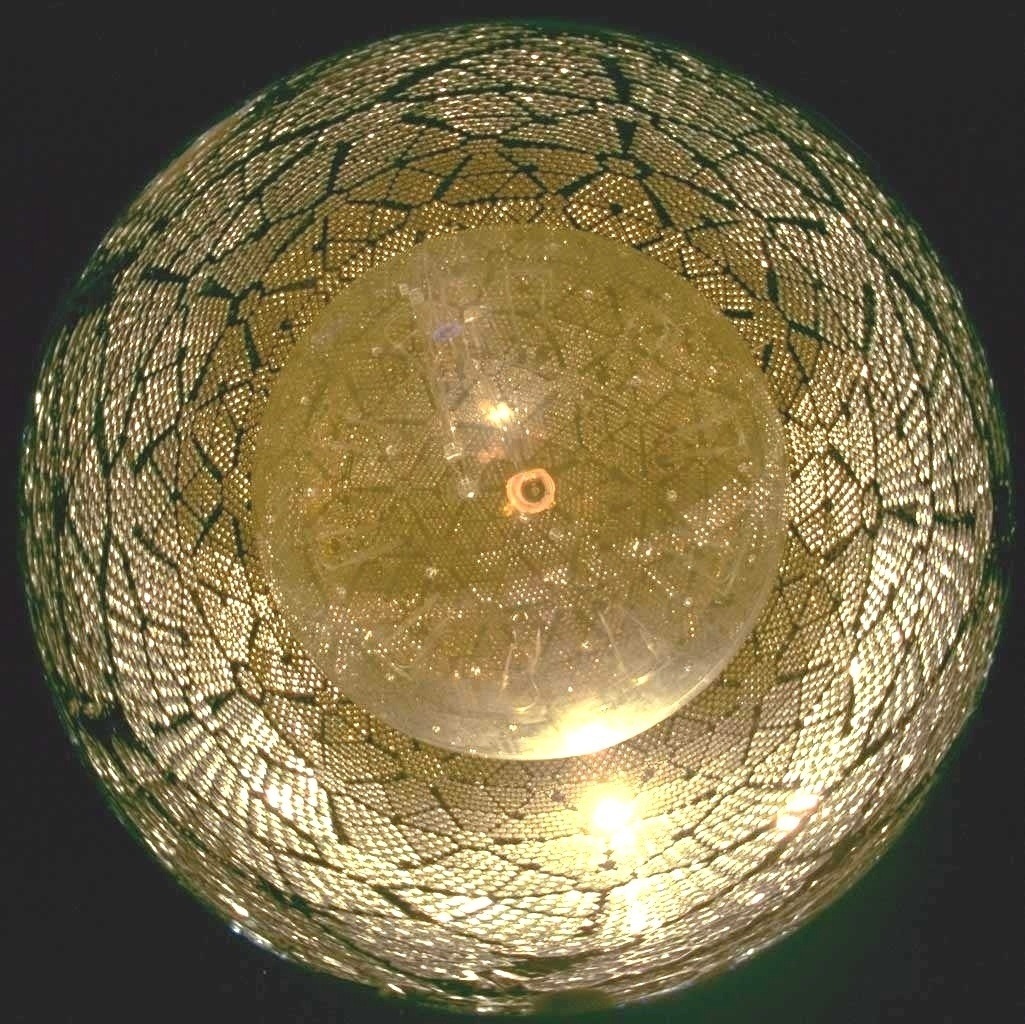
This article is a preview from the Spring 2020 edition of New Humanist
Neutrinos are the second most common particles in the Universe after photons of light. We live in a photon-and-neutrino universe – everything else is a minor contaminant. Neutrinos hardly ever interact with matter, and could pass unhindered through light years of lead. In fact, when Austrian physicist Wolfgang Pauli predicted them 90 years ago, he bet a case of champagne that nobody would ever bag one. “I have done a terrible thing,” he said. “I have postulated a particle that cannot be detected.”
Pauli was wrong. Neutrinos are extremely hard to detect, but not impossible, as Frederick Reines and Clyde Cowan proved in 1956, when their experiment registered the particles emerging from a nuclear reactor in South Carolina. For the discovery, Reines won the Nobel Prize for Physics in 1995 (Cowan missed out because he had died).
Now an experiment in Germany – the Karlsruhe Tritium Neutrino Experiment (Katrin) – is homing in on the mass of the neutrino. Physicists exploited “beta decay” of tritium, a heavy type, or “isotope”, of hydrogen. In beta decay, the unstable core or “nucleus” of an atom sheds surplus energy by spitting out an electron and an antineutrino (the neutrino and its “antimatter” twin have the same mass). Because neutrinos are so elusive, the physicists at Katrin infer the neutrino’s mass from measuring the energy of the electrons. They do this by allowing only the most energetic electrons to reach their detector. This ensures their associated neutrinos will have very little energy. Since this energy is split between their energy of motion and their rest energy, due to their mass, essentially all the neutrino energy is mass-energy.
Katrin is an extraordinary piece of engineering, operated by a team of 150 physicists. The first Katrin result, after a mere month of operation, reveals that the mass of the neutrino must be less than 1.1eV (Einstein showed mass is a form of energy, so physicists measure the masses of subatomic particles in energy terms). By comparison, an electron has a mass of 511,000eV.
With neutrinos having such an extraordinarily tiny mass – fleeting ghosts that barely haunt the everyday world – you might think they are of no consequence. Nothing could be further from the truth. Were it not for neutrinos, you would not be reading these words. They are responsible for blowing apart massive stars as “supernovae”. The elements “cooked up” by such stars, such as oxygen, carbon, iron and so on, are essential for life. Without supernovae, they would stay forever locked up. Instead, they are ejected into space, contaminating interstellar gas clouds which collapse under their self-gravity to form new stars and planets. Although a supernova can shine as bright as a galaxy of 100 billion stars, only one per cent of its energy is emitted as light – 99 per cent is neutrinos.
* * *
Neutrinos may also explain one of the biggest cosmic puzzles: why we live in a Universe of matter with essentially no antimatter. It is a mystery because every known particle process creates equal quantities of matter and antimatter. The solution may have something to do with neutrinos coming in three kinds and continually flipping between the types. If such “oscillations” violate so-called charge-parity symmetry, neutrinos will behave differently from antineutrinos, providing evidence that the laws of physics are skewed in favour of the creation of matter over antimatter.
Neutrinos may also have significantly affected the history of the Universe by virtue of their extraordinary numbers. Early on, the combined gravity of all three types of massive neutrino would have helped matter to clump to make the first galaxies. In the Big Bang, neutrinos would have been travelling close to the speed of light. But the greater their masses, the earlier they would have slowed down and the clumpier our Universe should be. Knowing the masses of the neutrinos therefore helps pin down the “cosmological model” that best describes our Universe. If astronomers’ observations of the clumpiness of galaxies contradict that model, it will be strong evidence of physics beyond the “Standard Model”.
The Standard Model is the high-point of 300 years of physics. It describes the fundamental building blocks of matter and three of the four forces that glue them together. However, it predicts the neutrino should have no mass. This is the main reason why the Katrin measurement is so important. Neutrino masses are the first-ever hint of the deeper, more fundamental theory of physics of which the Standard Model is believed to be an approximation.

